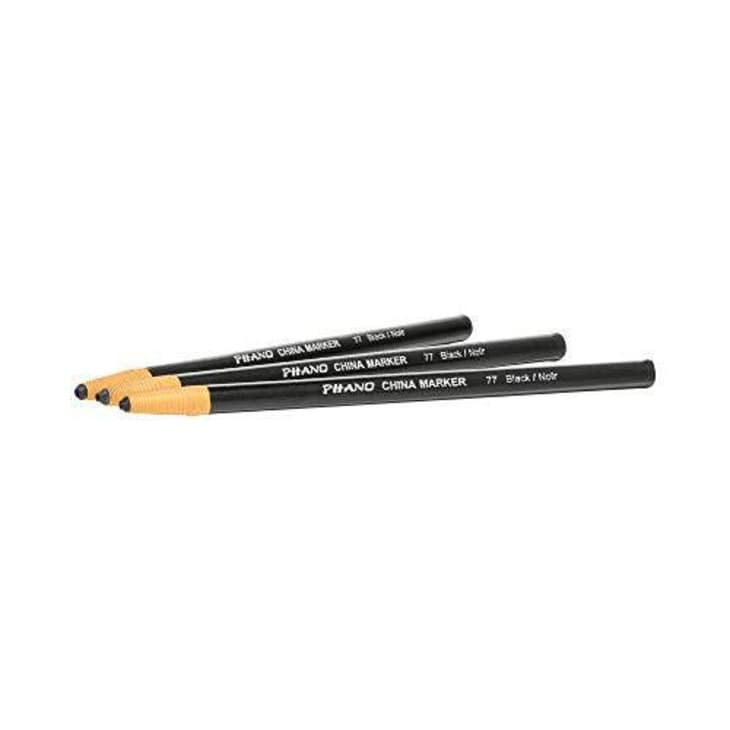If I had a dollar for every time I reached for a bag of spinach or kale in my fridge only to find out it had gone bad a few days prior… well, I’d be able to buy several dozen bags of salad greens to replace the ones I’ve lost in my lifetime. Keeping track of food expiration dates can be tricky, but it’s important, both to avoid food poisoning, and to use up food in an efficient manner without wasting it.
It’s vitally important to cut down on wasted food, too: The United States Department of Agriculture (USDA) estimates that 30 to 40 percent of the American food supply is thrown out each year. Making a few small changes to actually eat your leftovers and produce before it spoils can seem like a small habit tweak, but it makes a major difference in our food supply chain overall.
There are plenty of ways to organize your fridge in order to maximize space, reduce odors, and cycle ingredients in and out before their best-by dates — and we’ve written about them plenty of times ! Yet I’ve found that the best way for me to keep track of everything in my fridge is a simple two-step process:
To that end, I’ve made a few key investments to help streamline my process. Thankfully, none of them are over $30 — and by far the most important tool in my arsenal is under $1 apiece.

Grease Pencils
Sure, you could hunt for the expiration date on that bagged salad mix, or try to remember when you cooked that batch of soup. But I’ve found it’s so much easier to grab a grease pencil to label a container as I need to. The handy art-supply standbys are an Apartment Therapy favorite for multiple reasons , but chief among them for me is the ability to jot down cooking or purchase dates on bags, bins, and everything in between. This way, I know to prioritize the “older” foods in my fridge, creating a handy rotation of leftovers to get through and ingredients to tackle first. And did I mention they’re less than $1 each?
In fact, there’s almost nowhere in my fridge that doesn’t feature a (washable) date on it. Here are three low-cost investments I made to my storage system that both get the grease pencil treatment, and help me use up most of my food before it goes bad.
Glass Storage Containers
No disrespect meant to your mom’s favorite opaque casserole dish — especially if it’s a vintage find — but the less I can see into my fridge, the more cluttered it becomes. These glass containers aren’t as stackable as their plastic counterparts, but they’re way more durable, and the clear glass means I have an instant visual reminder of what food I have prepped in my fridge. You can use them as meal-prep containers for individually-portioned meals, but I’ve found they work just as well to store any leftovers I generate as someone cooking for one person.
Stackable Refrigerator Bins
You’ve seen them all over Instagram, and often at price points that seem daunting. I get it! Acrylic bins aren’t for everyone — but for me, a stack of affordable, stackable bins has been the difference between a cluttered fridge and an efficient condiment system. They’re also plenty versatile: I use that handy grease pencil to mark expiration dates on any berries I decant into a (paper-towel-lined!) bin, and group things like hot sauces and nut butters into specific bins. Need a certain condiment? Simply pull the entire bin out rather than pushing things aside and creating more chaos in your wake.
Reusable Food Storage Bags
Confession: I bought a set of these food storage bags over two years ago, and haven’t bought a single pack of Ziploc bags since. I initially made the investment in this set because the food-grade silicone felt sturdier than standard plastic baggies (though I certainly came from a household that washed and reused those bags as long as we remembered to bring them home). But I found they also help me sort through my leftovers and ingredients for a few key reasons:
The bottom of these bags allows them to stand up on their own, if they are filled enough. This helps clear any clutter or mess.
The bags themselves are frosted, but still transparent enough to visualize what’s inside each one, which is key to keeping my fridge organized.
Just because these might be a slightly greener option than your standard plastic baggie doesn’t mean you should add them to cart immediately if you have a pack of the old-fashioned kind to get through. The most eco-friendly option would be to keep reusing those Ziploc bags until you run out, then weigh whether these are a sensible resource for your fridge and freezer habits.
Ella Cerón
Lifestyle Editor
Ella Cerón is Apartment Therapy's Lifestyle Editor, covering how to live your best life in the home you've made your own. She lives in New York with two black cats (and no, it's not a bit).

Post a Comment